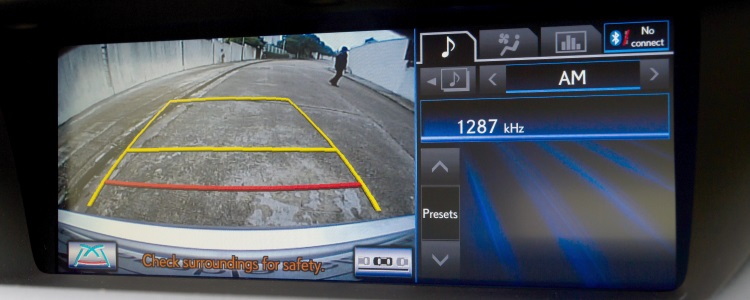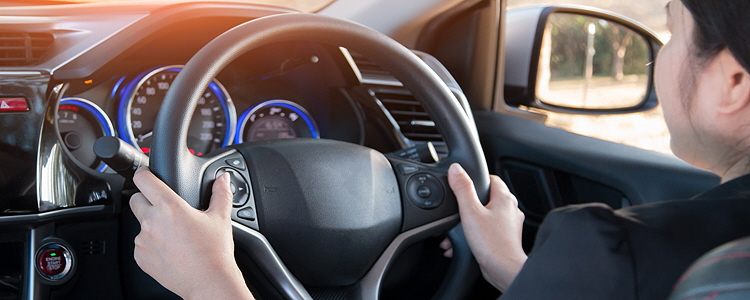According to a recent AAA Foundation for Traffic Safety study, many Americans overestimate the capabilities of their vehicle's advanced safety systems. These safety features are designed to reduce crashes when used properly, but overreliance by drivers may lead to harmful driving habits.
Study Finds Drivers Overconfident in Car Safety Features
 The study, conducted in September 2018, aimed to see how drivers used the safety features in their vehicles, and gathered owner opinion of the systems. AAA targeted select 2016 and 2017 models with advanced driver assistance systems, specifically: forward collision warning, automatic emergency braking, lane keeping assist, lane departure warning, adaptive cruise control, blind-spot monitoring, and rear cross-traffic alert.
The study, conducted in September 2018, aimed to see how drivers used the safety features in their vehicles, and gathered owner opinion of the systems. AAA targeted select 2016 and 2017 models with advanced driver assistance systems, specifically: forward collision warning, automatic emergency braking, lane keeping assist, lane departure warning, adaptive cruise control, blind-spot monitoring, and rear cross-traffic alert.
These car safety features are intended to help provide additional safety and peace of mind – not replace good driving behaviors and safety sense. However, some drivers who rely too heavily on them may pick up potentially dangerous habits, particularly when it comes to blind spots and backing up.
For instance, 30 percent of study respondents said they rely on their blind-spot monitoring system to the point of sometimes changing lanes without looking. Additionally, 25 percent of vehicle owners with rear cross-traffic alert systems say they occasionally back up without looking over their shoulder.
Another finding the study uncovered was that some drivers don't fully understand what the capabilities of the safety systems are. Over half the respondents – 79 percent, in fact – were unsure about the limitations of their blind-spot monitoring system, and had misconceptions about its ability to detect cars passing at high speeds. Also, 33 percent of vehicle owners weren't aware that automatic emergency braking systems can be affected by dirt, snow, or ice covering cameras or sensors.
Should You Rely on Car Safety Features?
Advanced safety features are increasingly becoming standard equipment in vehicles. According to study results, the majority of drivers have good impressions of the safety technology in their cars. Two out of three owners surveyed say they trust the technology, while seven in 10 owners said they'd recommend the safety features to others and want them in their future vehicles, as well.
It's important that people know how to properly use the safety features in their cars, and that they know what the specific technology can and cannot do. For the most part, drivers rely on trial and error and their owner's manual for information about the particular features of their vehicles, if they seek information at all.
Surprisingly, a quarter of respondents reported that they don't attempt to get more info about systems such as adaptive cruise control. Slightly fewer reported getting information from the salesperson at the dealership about the technology, suggesting that more emphasis should be placed on teaching new owners about the latest systems.
Overall, advanced safety features should be used as they're intended – to assist you. They aren't designed to function on their own, and you shouldn't rely on them in lieu of common safe driving practices.
Getting in on the Safety
With or without advanced driver assistance systems, it's up to you to practice careful, defensive driving. If you're worried about the safety of your car due to condition, or just want a newer vehicle that includes some of these features, now is a good time to start shopping.
If you're worried that you won't be able to find financing due to your credit situation, turn to Auto Credit Express for help. We work with a nationwide network of special finance dealers that have the lenders available to help people in many types of credit situations. Don't hesitate, simply fill out our easy, free, online auto loan request form, and we'll get right to work matching you with a dealership in your local area!
















